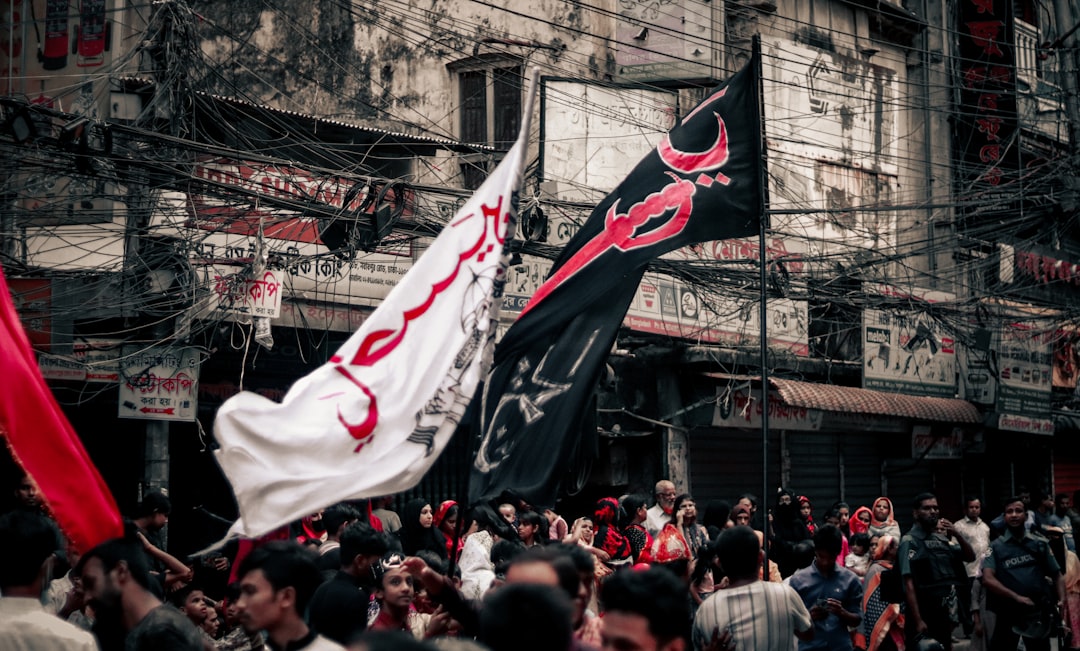What is it about?
This study of British press coverage of Boko Haram, a militant group in Nigeria, concentrates on condensational symbols in news reports of one of its major acts of terrorism, the bombing of the United Nations House in Abuja, the country’s capital city, in August 2011. The study examines the visibility of Boko Haram in British newspapers before and after the attack. It identifies the condensational symbols that dominated the coverage and how these provided a particular trajectory that could have shaped newspaper readers’ understanding of the event. The study argues that the symbolic terms that journalists used in their reports were not only easily identifiable but were specifically chosen to simplify a complex story for audiences that were perhaps uninformed about the group and its activities. The terms also reflect the repertoire of news frames that journalists mine to reconstruct reality for their audiences.
Featured Image
Read the Original
This page is a summary of: Condensational symbols in British press coverage of Boko Haram, International Communication Gazette, July 2016, SAGE Publications,
DOI: 10.1177/1748048516640209.
You can read the full text:
Contributors
The following have contributed to this page










